Venous Bypass Graft For Occlusive Disease, Femoral-popliteal.
Venous bypass graft for occlusive disease, femoral-popliteal.. Venous disease can manifest as deep vein thrombosis which is the most common cause of secondary venous disease. Venous grafts will fall into the 33510-33516 CPT code range. This is the first reported percutaneous double-barrel technique of extra-anatomic venous bypass creation for simultaneous management of a failed dialysis access and chronic venous occlusive disease.
Johnson WC Lee KK. Wiki User Answered 2013-06-05 000002. 33510 is for a venous Coronary Artery Bypass Graft CABG.
The precise role of thrombolysis in the treatment of bypass graft thrombosis is somewhat controversial. A prospective randomized Department of Veterans Affairs cooperative study. Insertion AV atrial and ventricular permanent pacemaker with transvenous electrodes a.
Extremities such as bypass grafts or wound management. FFBPFemorofemoral bypass with femoral popliteal vein is the best surgical procedure to resolve arterial blockages and treat aortic graft infections. Results have been presented which indicate that the long term two years success of in situ autogenous saphenous vein bypass grafting for obstructing disease of the superficial femoral artery exceeds 83 per cent.
Graft occlusion is commonly the result of stenosis at the anastomosic sites. The clinical course of these 16 patients was compared with the most recent 16 consecutive standard open saphenous vein bypass patients of similar age disease and risk factors. In describing his experience with 17 vein bypass graft procedures Kunlin was the first to introduce the end-to-side anastomosis as a means of preserving collateral branches near the thrombotic zone.
In 1951 Kunlin reported using reversed great saphenous vein for femoral popliteal artery bypass grafting to successfully treat foot gangrene. Vascular diseases like aortic graft infection ischemia thrombosis occlusive disease form a blockage in arteries. Venous bypass graft for occlusive disease femoral popliteal a.
In 1948 Kunlins successful femoral-popliteal bypass using reversed saphenous vein graft in a patient with arterial occlusive disease began the modern era of arterial lower extremity bypass. A comparative evaluation of polytetrafluoroethylene umbilical vein and saphenous vein bypass grafts for femoral-popliteal above-knee revascularization.
33510 is for a venous Coronary Artery Bypass Graft CABG.
Venous grafts will fall into the 33510-33516 CPT code range. Venous bypass graft for occlusive disease femoral popliteal a. In 1951 Kunlin reported using reversed great saphenous vein for femoral popliteal artery bypass grafting to successfully treat foot gangrene. The precise role of thrombolysis in the treatment of bypass graft thrombosis is somewhat controversial. These results are comparable to or better than those reported for autogenous vein shunts created by removal and reversal of the. What code for venous bypass graft for occlusive disease femoral-popliteal. In 1948 Jean Kunlins successful femoral-popliteal bypass using reversed saphenous vein graft in a patient of Rene Leriche generated enthusiasm for the arterial bypass era of vascular surgery an era that lasted nearly half a century. Open atrial septostomy with cardiopulmonary bypass a. Graft occlusion is commonly the result of stenosis at the anastomosic sites.
A comparative evaluation of polytetrafluoroethylene umbilical vein and saphenous vein bypass grafts for femoral-popliteal above-knee revascularization. Graft occlusion is commonly the result of stenosis at the anastomosic sites. It was applied to a series of 16 leg bypass patients to dissect totally endoscopically the greater saphenous vein for either translocated or in situ procedures. These results are comparable to or better than those reported for autogenous vein shunts created by removal and reversal of the. The first image demonstrates the stump of an occluded right femoropopliteal artery bypass graft. In the current endovascular era the femoral-popliteal bypass remains one of the most common open vascular operations. The precise role of thrombolysis in the treatment of bypass graft thrombosis is somewhat controversial.

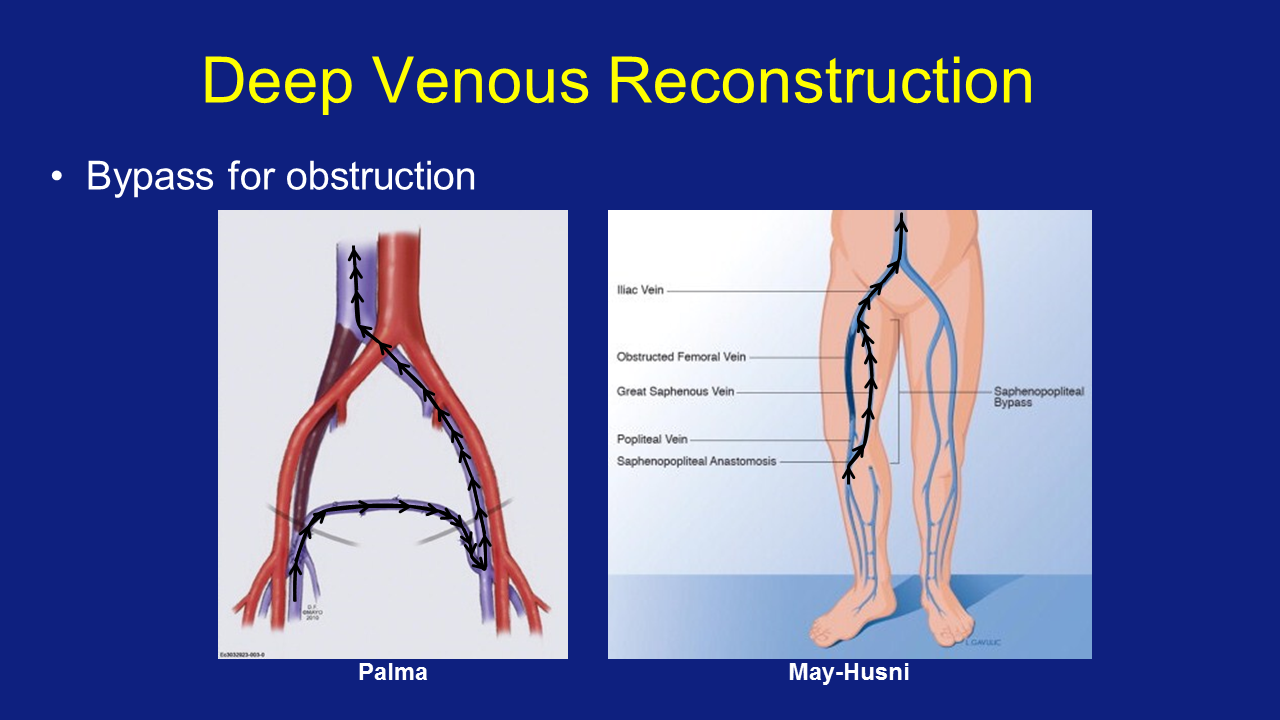
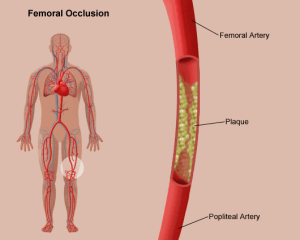


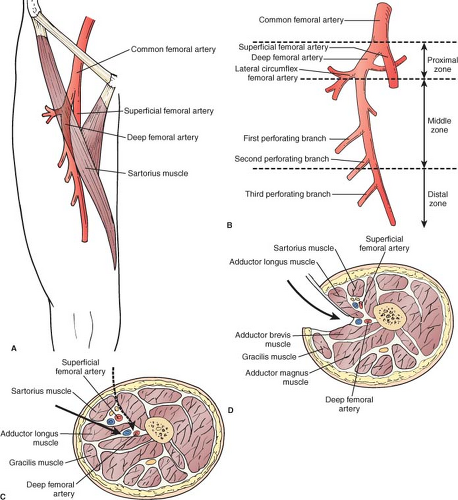










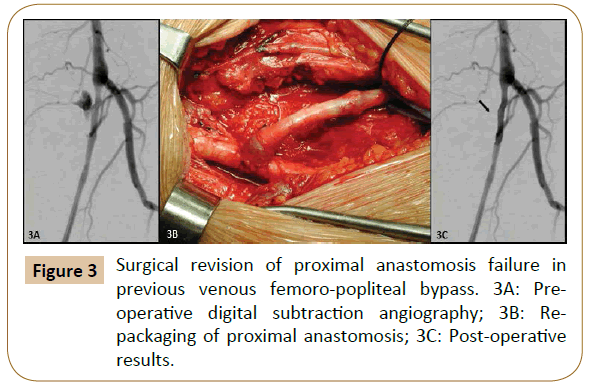

















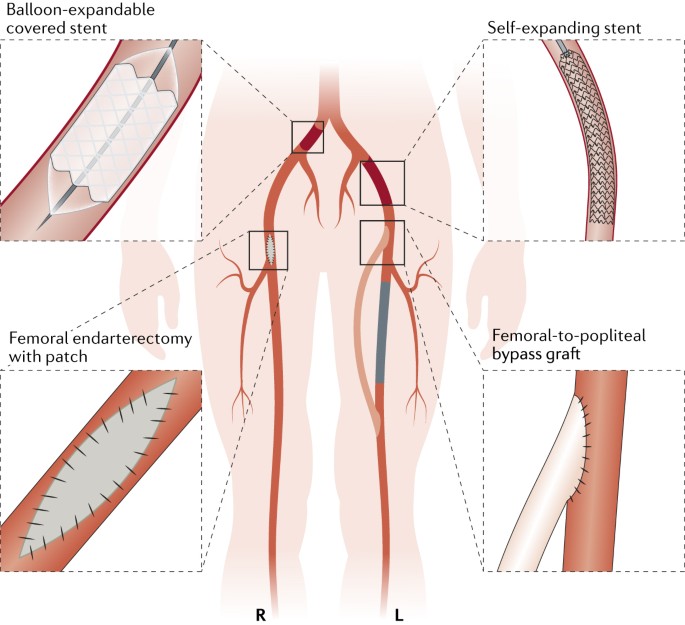




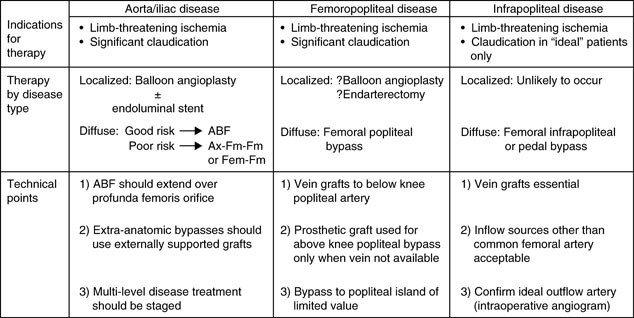

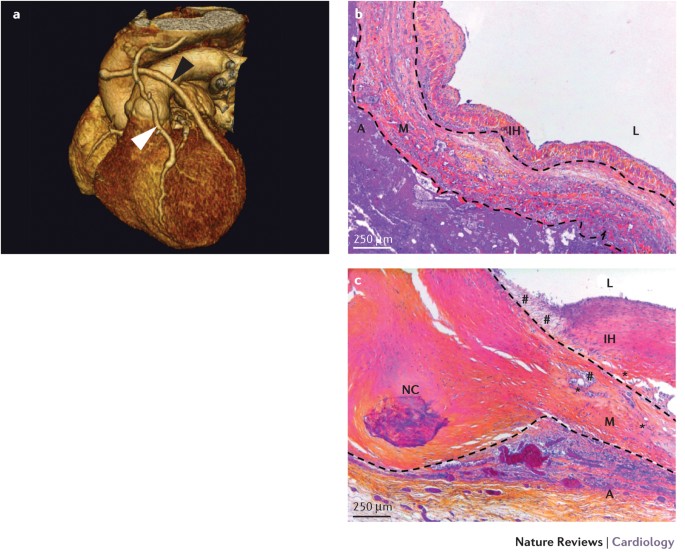

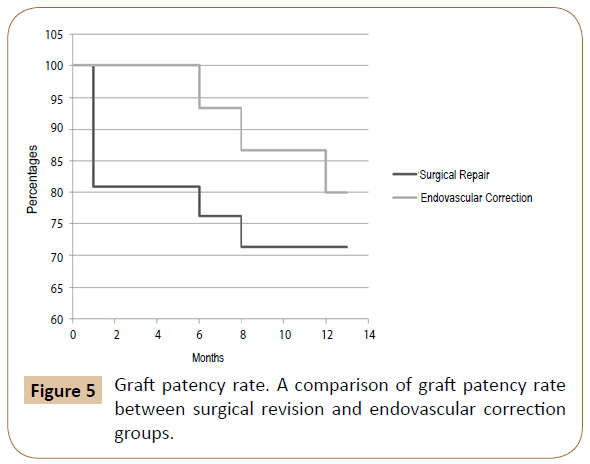

Post a Comment for "Venous Bypass Graft For Occlusive Disease, Femoral-popliteal."